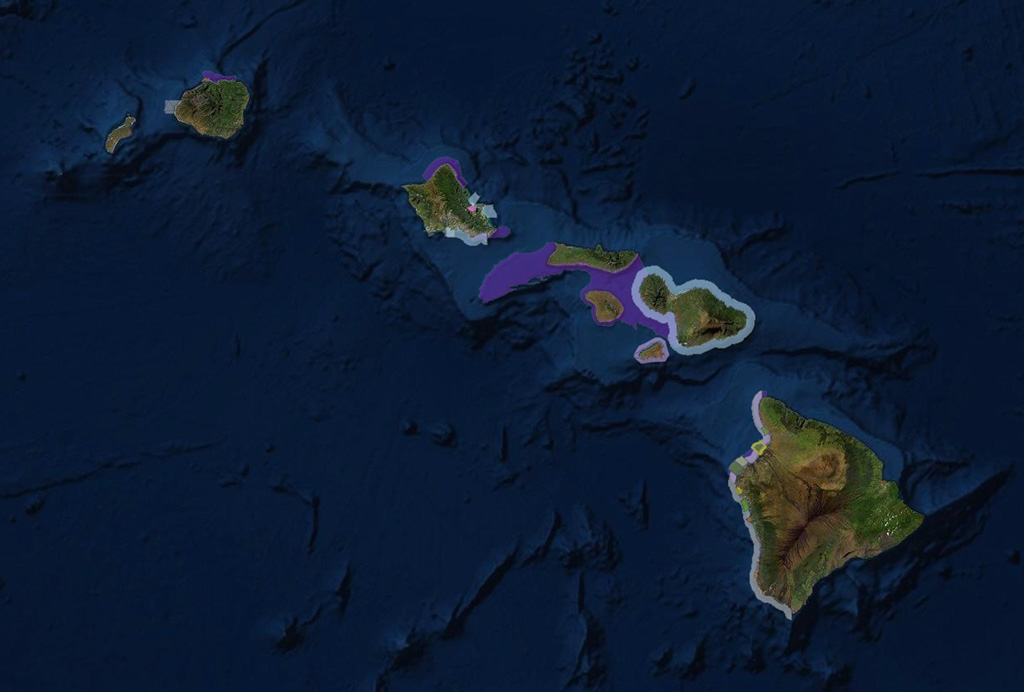About Marine Managed Areas

Click on the image above to explore our interactive Marine Managed Areas map. You can show or hide types of managed areas through the green “Layers” icon at the bottom of that map.
Marine Managed Areas (MMAs) are specific geographic areas designated by statute or administrative rule for the purpose of managing a variety of marine, estuarine, or anchialine resources and their use. The resources may include any type of marine life (mammals, fishes, invertebrates, algae, etc.) and their habitats. In some cases, particularly Fisheries Management Areas, regulations may serve to resolve user conflicts. The goal of MMAs may also include preservation of cultural or historical resources.
Marine Protected Areas (MPAs) are a subset of MMAs, and focus on protection, enhancement, and conservation of habitat and ecosystems. Some MPAs have very few fishing restrictions and allow sustainable fishing, while others restrict all fishing and are “no take” areas. In Hawai‘i, forms of MPAs, such as Marine Life Conservation Districts, have been in use for over 40 years.
There are a number of potential benefits of MPAs, in that they may:
- protect important habitat and biodiversity in a natural state;
- protect intact ecosystems;
- prevent overuse;
- provide refuge for fish to grow larger and produce more offspring;
- create a spillover effect, which may improve fish populations in adjacent areas;
- benefit the state’s economy through tourism and ocean recreation;
- create places where the public can enjoy the beauty of nature; and
- influence human activities to reduce runoff, pollution, and other negative impacts that could degrade the area.
Potential limitations of MPAs include the following. They:
- restrict some uses and access;
- shift fishing effort to other areas;
- become “loved to death” by spotlighting the area and intensifying its use;
- protect habitat and marine life only within their boundaries;
- cost money to manage properly;
- change behavior of people with history in the area; and
- cannot protect against natural environmental threats (e.g. hurricanes and global warming).
DAR recognizes that there are many marine stakeholders, with the common goal of abundant resources. MMAs in general, and MPAs in particular, are tools DAR uses to achieve that goal.
